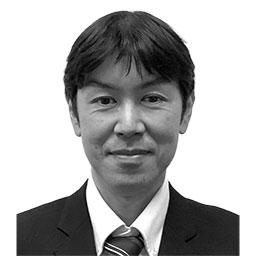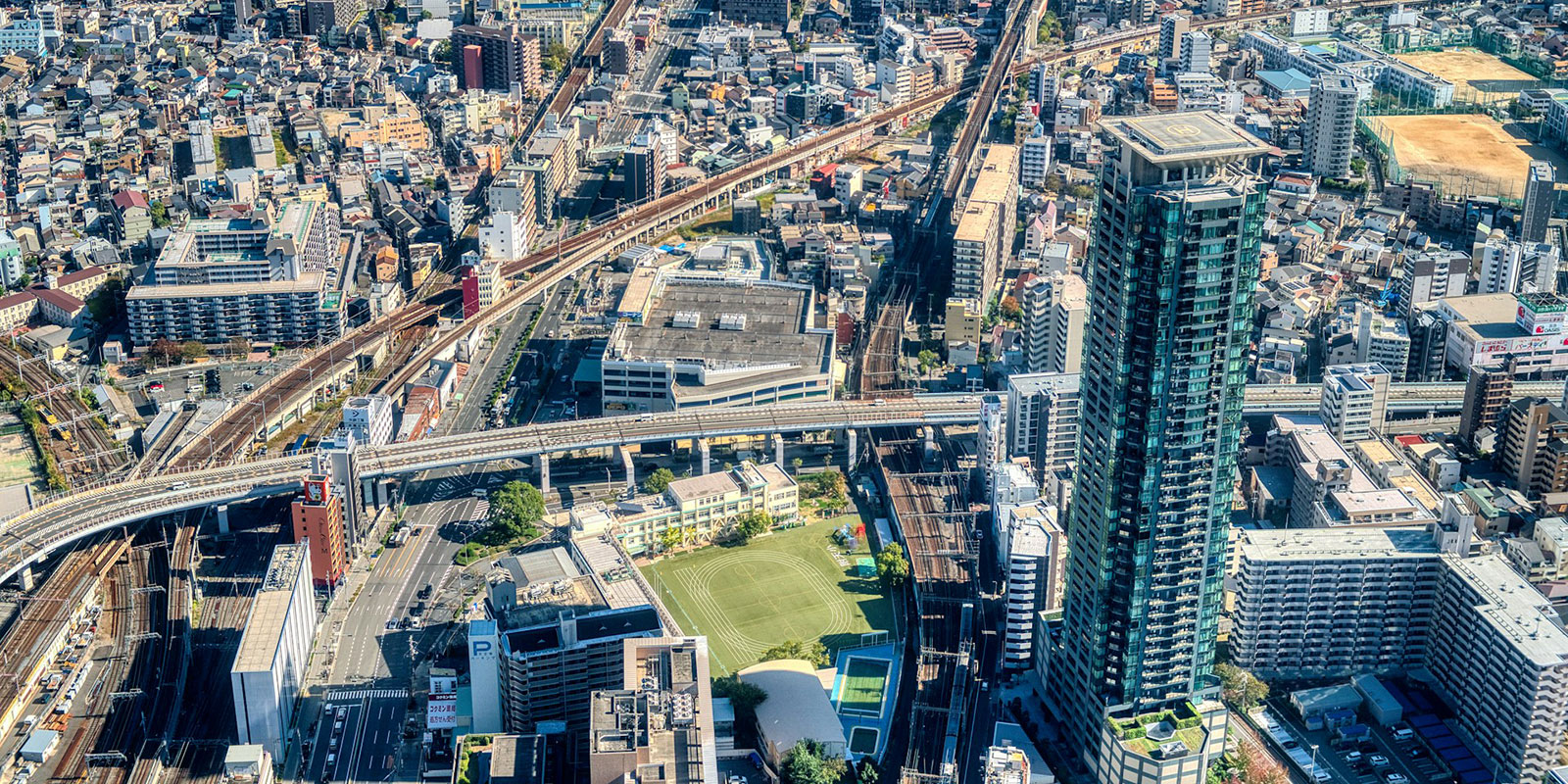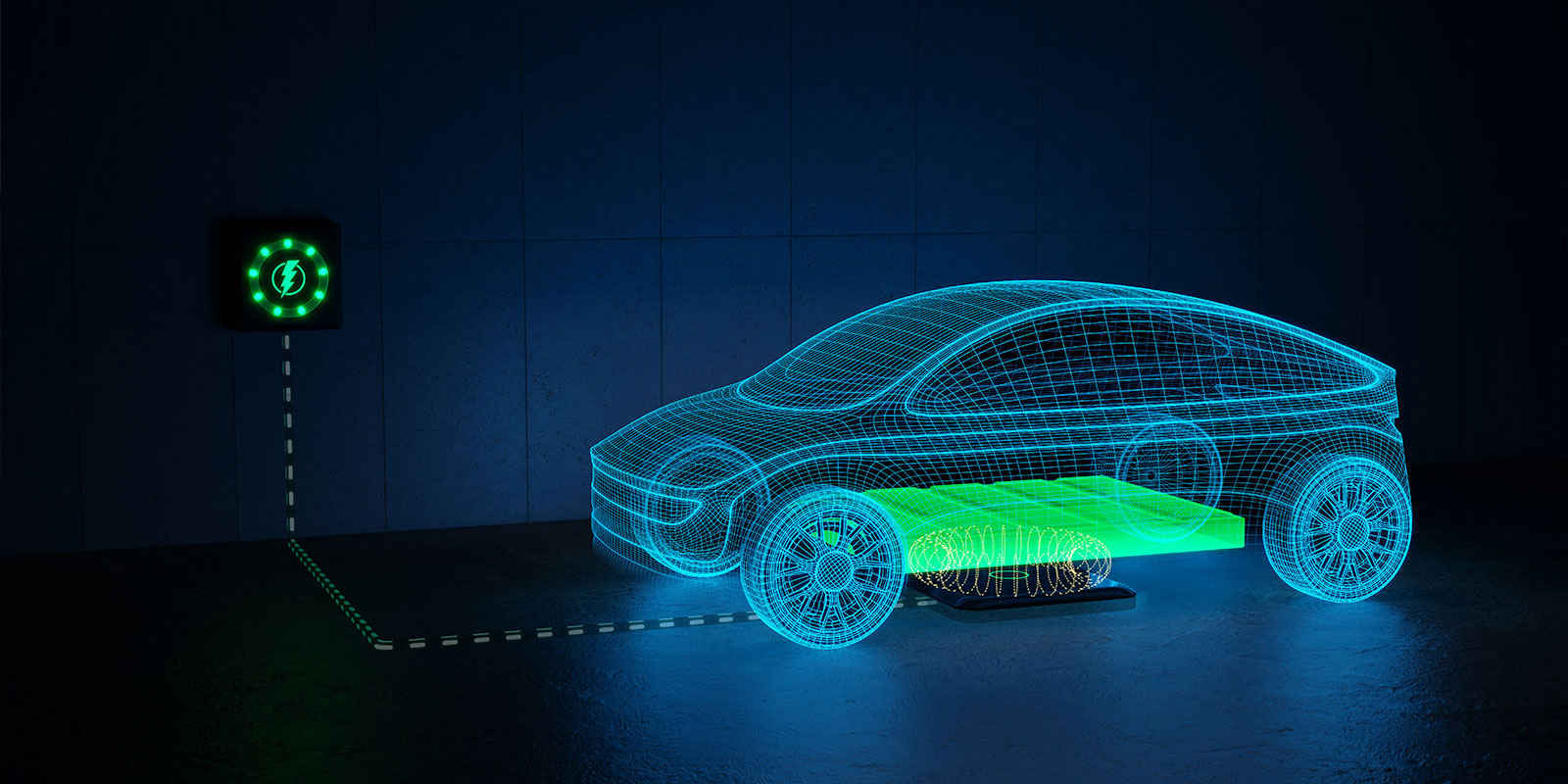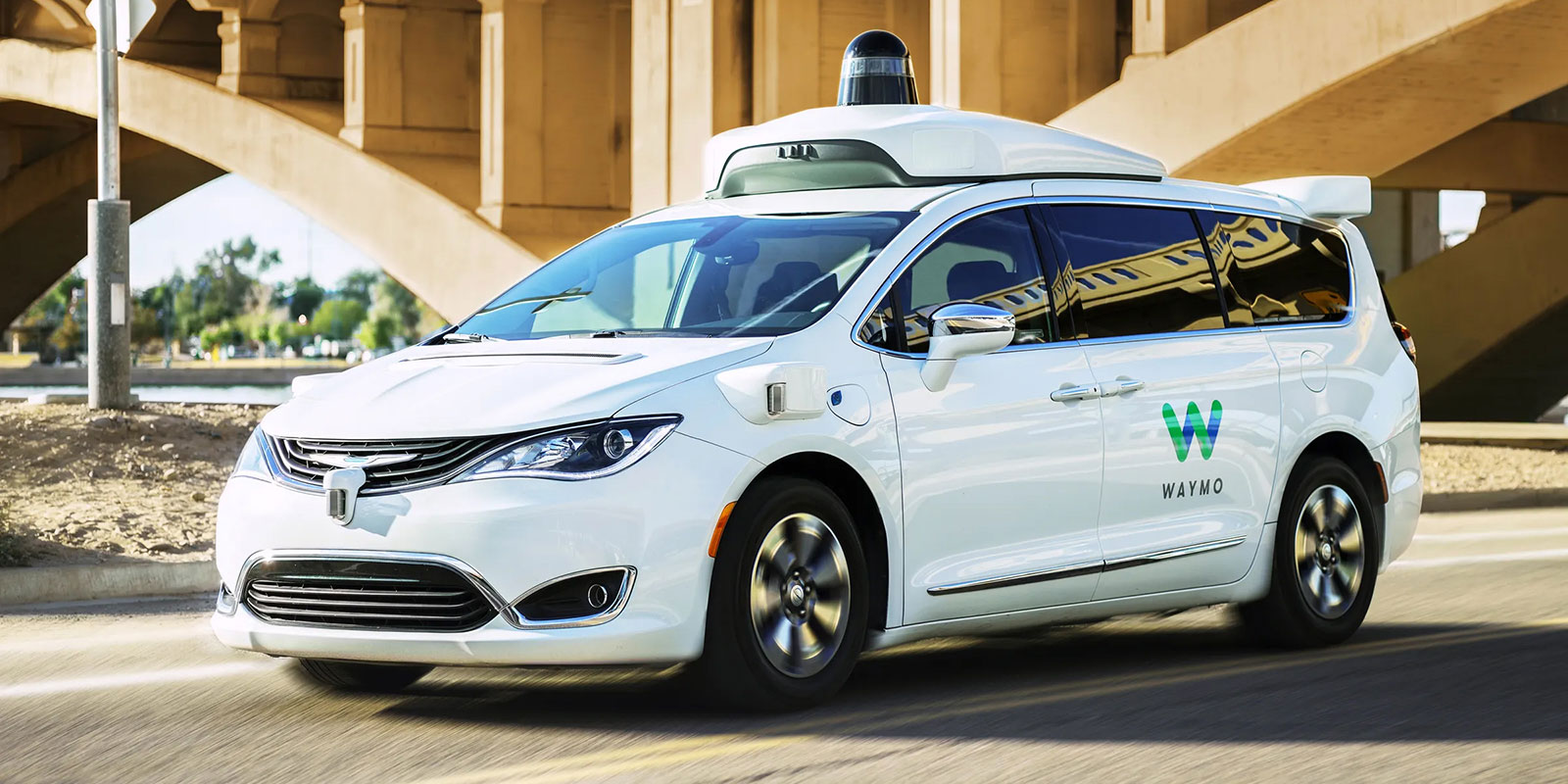Driving forces
Yasushi Kakimoto of Osaka Metro, and Yuichiro Taguchi of Kansai Electric Power, reveal how the ambitious plans for a fleet of self-driving buses for Expo 2025 are coming along...
The age of self-driving vehicles has truly arrived. After decades of development, driverless cars have leapt from the pages of science fiction to the streets of the U.S. and China, with autonomous taxis picking up passengers in cities such as San Francisco. Japan, of course, has some pedigree when it comes to robotics, and Level 4 autonomous driving—without human intervention but in controlled areas—has taken place in Fukui Prefecture. A big step forward is expected to take place in Osaka during the World Expo, when self-driving electric buses will transport visitors to, from, and around the site. We spoke to Yasushi Kakimoto of Osaka Metro and Yuichiro Taguchi of Kansai Electric Power about their plans.
How close are you to having fully automated vehicles in Osaka?
 Kakimoto: We have been conducting tests of automated vehicles in Osaka since 2019, in places including Maishima and Grand Front. We’re working toward Level 4, although we’re currently still at Level 2—partially automated, with a human driver supervising the vehicle. Our current testing regimen is being conducted with the aim of being able to operate at Level 4 during Expo 2025. After the Expo, we’ll continue to improve the sophistication of our automated driving system with the aim of implementing it across the city.
Kakimoto: We have been conducting tests of automated vehicles in Osaka since 2019, in places including Maishima and Grand Front. We’re working toward Level 4, although we’re currently still at Level 2—partially automated, with a human driver supervising the vehicle. Our current testing regimen is being conducted with the aim of being able to operate at Level 4 during Expo 2025. After the Expo, we’ll continue to improve the sophistication of our automated driving system with the aim of implementing it across the city.
How would implementing self-driving vehicles across the city help?
Kakimoto: Although Osaka is a big, dense city by Japanese standards, we’re seeing a decrease in population on its periphery. Buses in these areas don’t run frequently, some routes only once an hour, and it’s becoming difficult to provide service in a sustained and sustainable manner because there are so few passengers… We’re also dealing with the issue of not having enough drivers, since it’s hard to recruit enough employees with Class 2 [commercial] driver’s licenses. If this situation doesn’t improve, it will be difficult to sustain public transportation in the city.
So for the sake of Osaka’s development, we’re aiming to not only maintain the public transportation network, but to introduce a variety of new mobility solutions to make transportation smoother, more convenient, and less stressful for our customers. One of these new initiatives is automated driving, which is a promising solution to problems including the driver shortage…
Lower labor costs will ease the strain on our finances and help ensure the provision of sustainable service. We’ll also be able to operate more flexibly since self-driving vehicles won’t be bound by labor restrictions.
 Osaka from above | Unsplash
Osaka from above | Unsplash
Tell us about the innovative system for charging vehicles you’re developing…
Kakimoto: It’s a system that allows electric vehicles to be charged wirelessly while in traffic. This requires the installation of charging equipment on the vehicles as well as charging coils that are inserted beneath the road surface. Vehicles are charged when they drive over these coils. We are preparing to test this system at the Expo site during the event and hope to implement it in the city in the future.
“Vehicles that can charge themselves can become a solution to the issue of excess renewable energy”
 Autonomous cars can already be found on roads in the U.S. and China
Autonomous cars can already be found on roads in the U.S. and China
Is renewable energy a big part of this project?
 Taguchi: Well, when you have vehicles that can charge themselves in transit, they can become a solution to the issue of excess renewable energy. Solar power has become mainstream in Japan, but solar often generates excess electricity during the day that can’t be incorporated into the grid [due to supply exceeding demand] and goes to waste. But in a future where roads are equipped with charger coils and not only buses but trucks, taxis, and private cars are fitted with the equipment needed to recharge while on the move, surplus solar power can be used for this purpose.
Taguchi: Well, when you have vehicles that can charge themselves in transit, they can become a solution to the issue of excess renewable energy. Solar power has become mainstream in Japan, but solar often generates excess electricity during the day that can’t be incorporated into the grid [due to supply exceeding demand] and goes to waste. But in a future where roads are equipped with charger coils and not only buses but trucks, taxis, and private cars are fitted with the equipment needed to recharge while on the move, surplus solar power can be used for this purpose.
How is Japan as a whole faring with autonomous driving?
Kakimoto: We realize that the U.S. and China are well ahead. One good example is the taxi service operated by Waymo, a subsidiary of Google. In San Francisco, I was impressed to see that robot taxis are already being used completely autonomously, operating amid traffic. We’re working on catching up, most immediately with this test of Level 4 self-driving buses and an associated remote monitoring system. Since buses carry so many passengers, the safety challenges are significant compared to private cars, and I don’t think Level 4 buses are being operated on public roads on a large scale anywhere around the world. So successfully testing autonomous buses on public roads [in Osaka] would be a significant step toward operating them in the city in the future.
 A Waymo self-driving car | Waymo
A Waymo self-driving car | Waymo